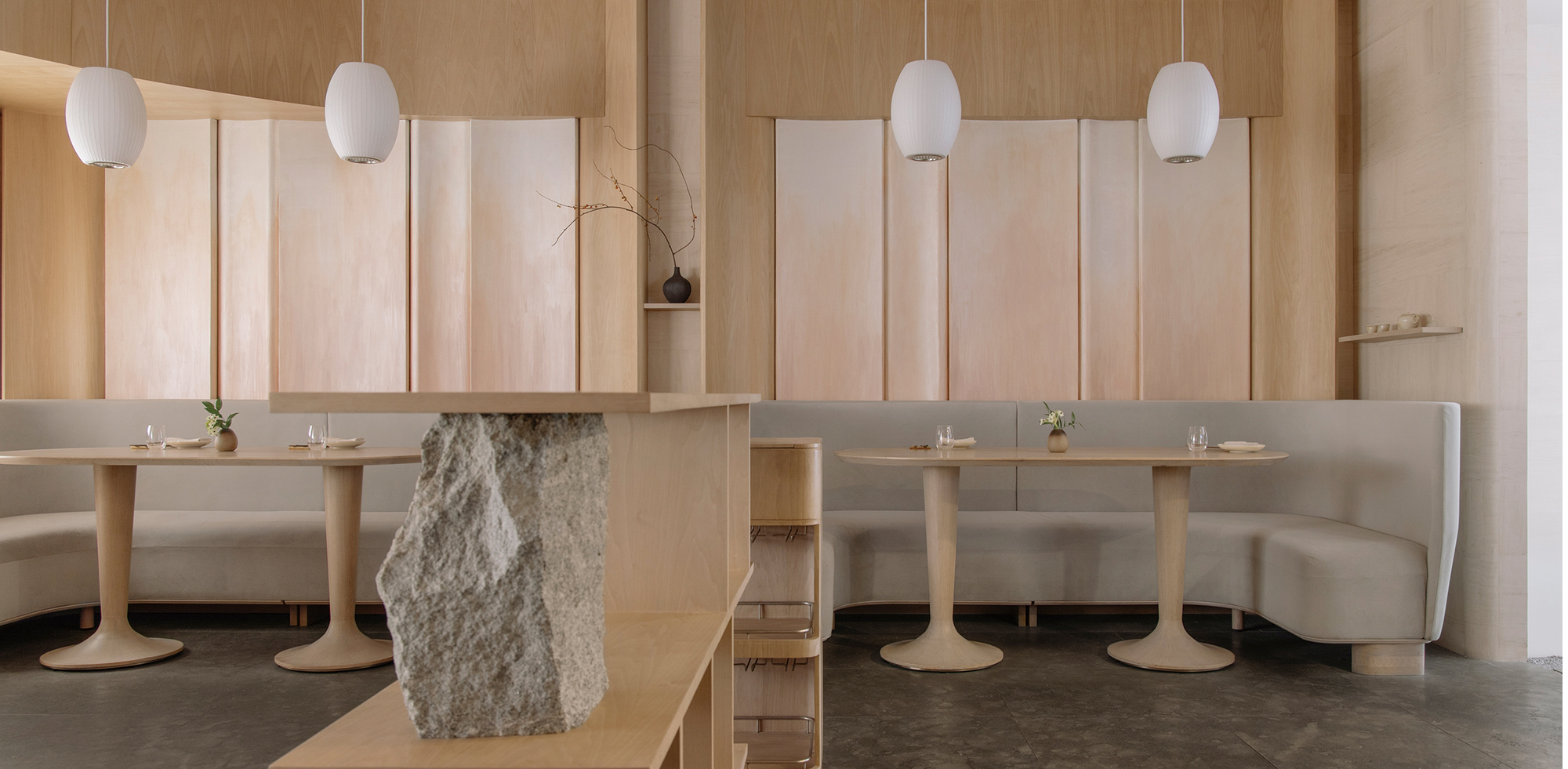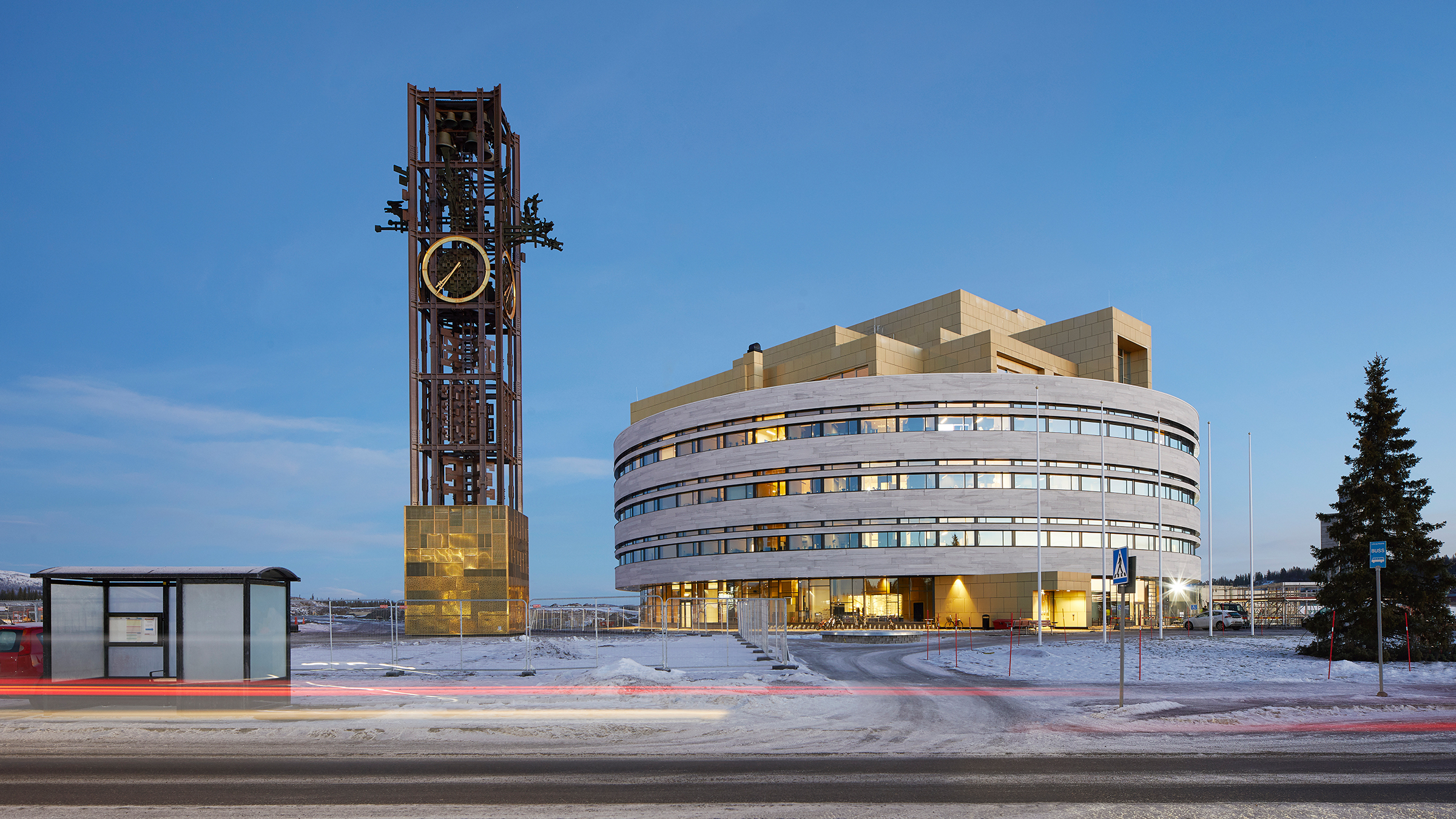Architects: Want to have your project featured? Showcase your work through Architizer and sign up for our inspirational newsletter.
The restaurant industry is fast-paced and ever-changing. In recent years, the millennial generation has given further fuel to the already-large market for restaurants and dining out by igniting waves of cultural change in the way of how and what we eat. Food culture and dining out are increasingly seen as holistic experiences, where consumers expect the food, the environment and the service to work harmoniously together. The longevity of a restaurant no longer relies solely on the standard of the food served but also leans heavily on a business delivering a 360-fully-considered experience.
Designers and restauranteurs alike are focusing on the symbiotic relationship between food and environment more closely than ever. Location, lighting, material choice and acoustics are all coming into play when concepts are being established and menus are being developed. The result is a plethora of exciting new restaurants that are temporarily able to transport diners away from the real world and provide them with rich and rewarding experiences.
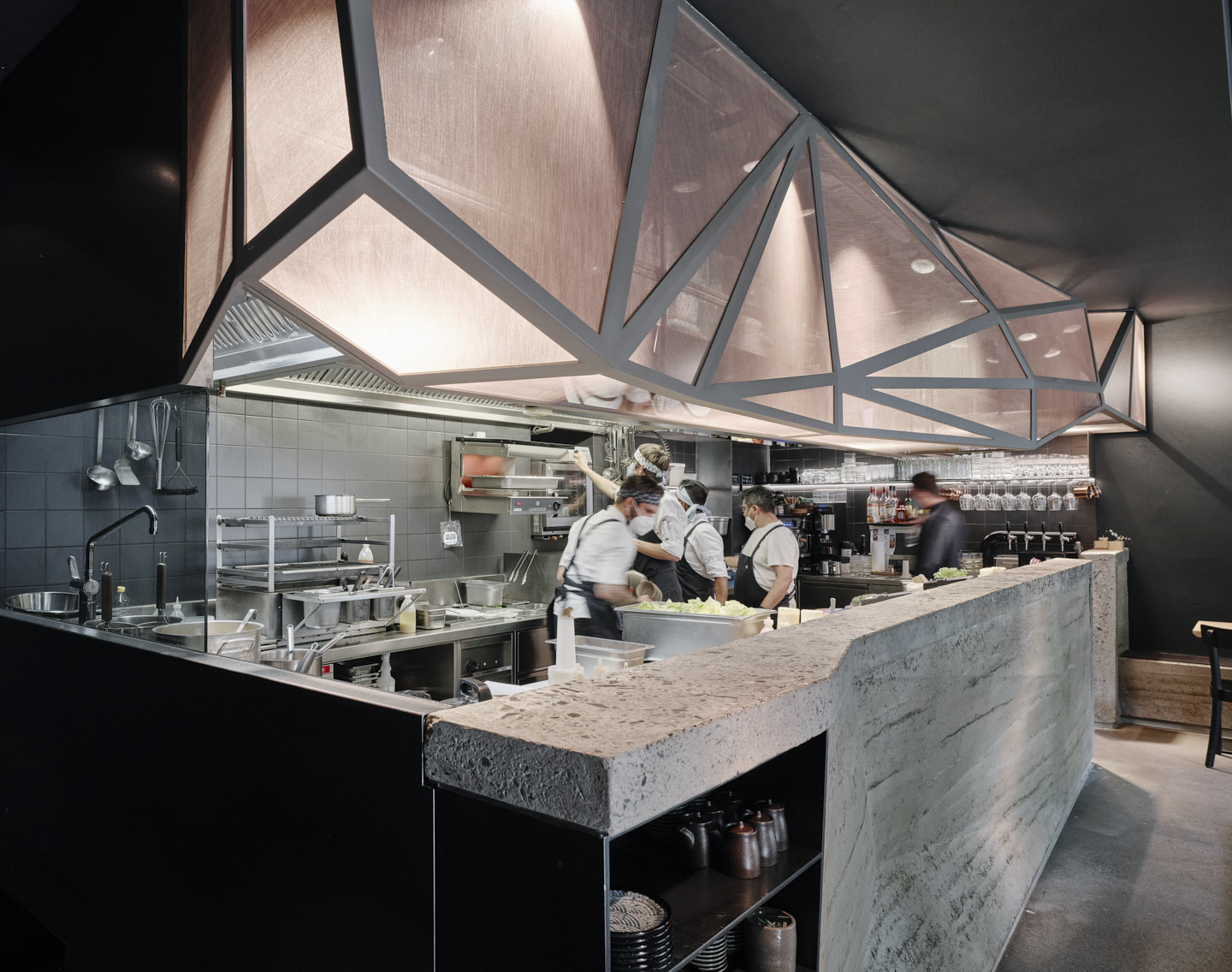
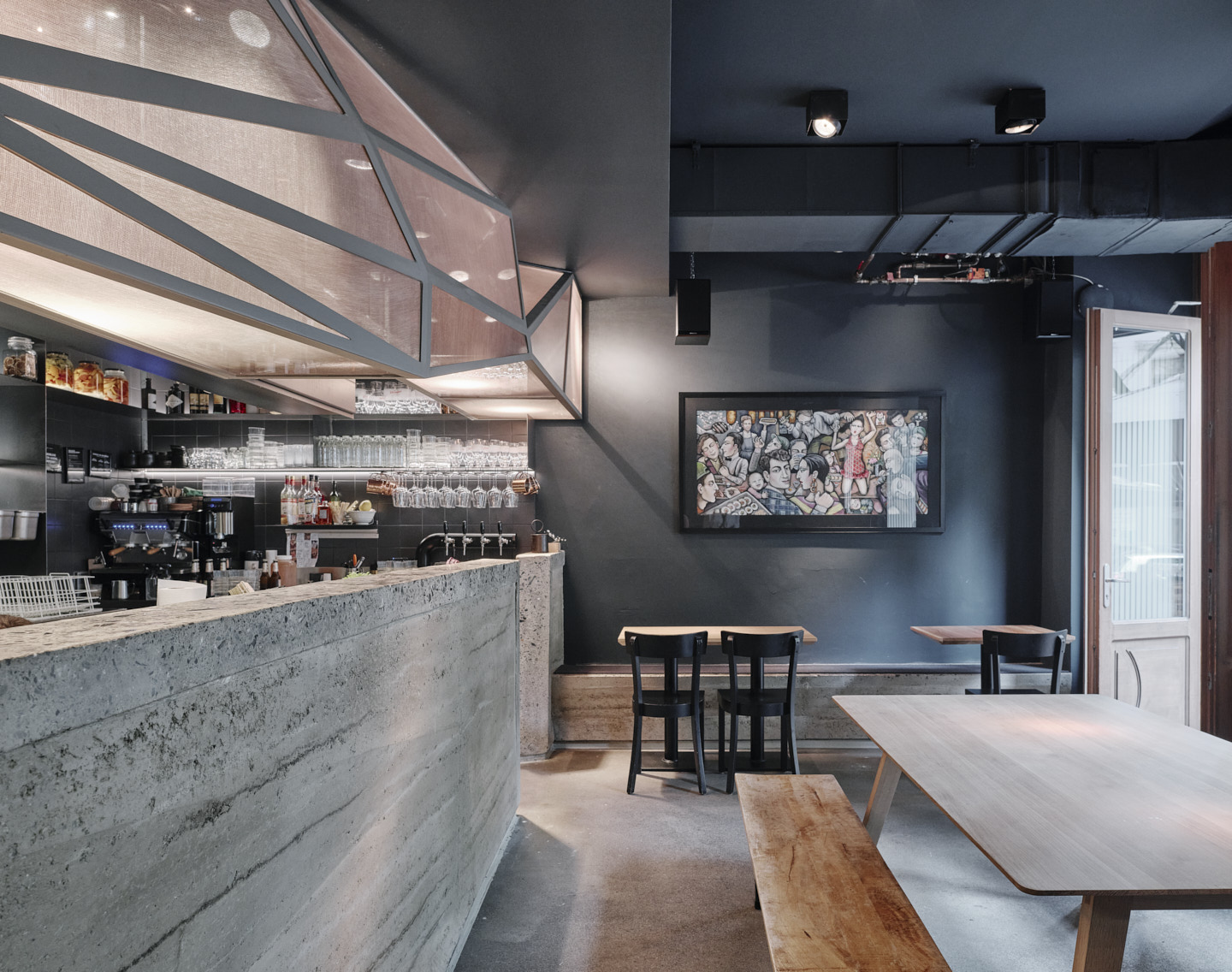
Mochi’ Director’s Cut’ by BURO KLK, Vienna, Austria. Photographs by David Schreyer
The renovation of Vienna’s dining institution Mochi focuses the brand identity around three main pillars: quality, tradition and bold aesthetics. The new concept strives to strengthen the restaurant’s heritage and values by calling back to traditional Japanese building techniques.
The heavy, statement counter block was constructed using sustainable rammed earth techniques — an ancient building material that is deeply rooted in the tradition. Above it, a geometric canopy, made from Austrian linen, steel and glass, continues the geological aesthetic. The designer sought to replicate the relaxed ambiance found in traditional Japanese soup kitchens by adding atmospheric lighting features and simplifying the spaces aesthetic.
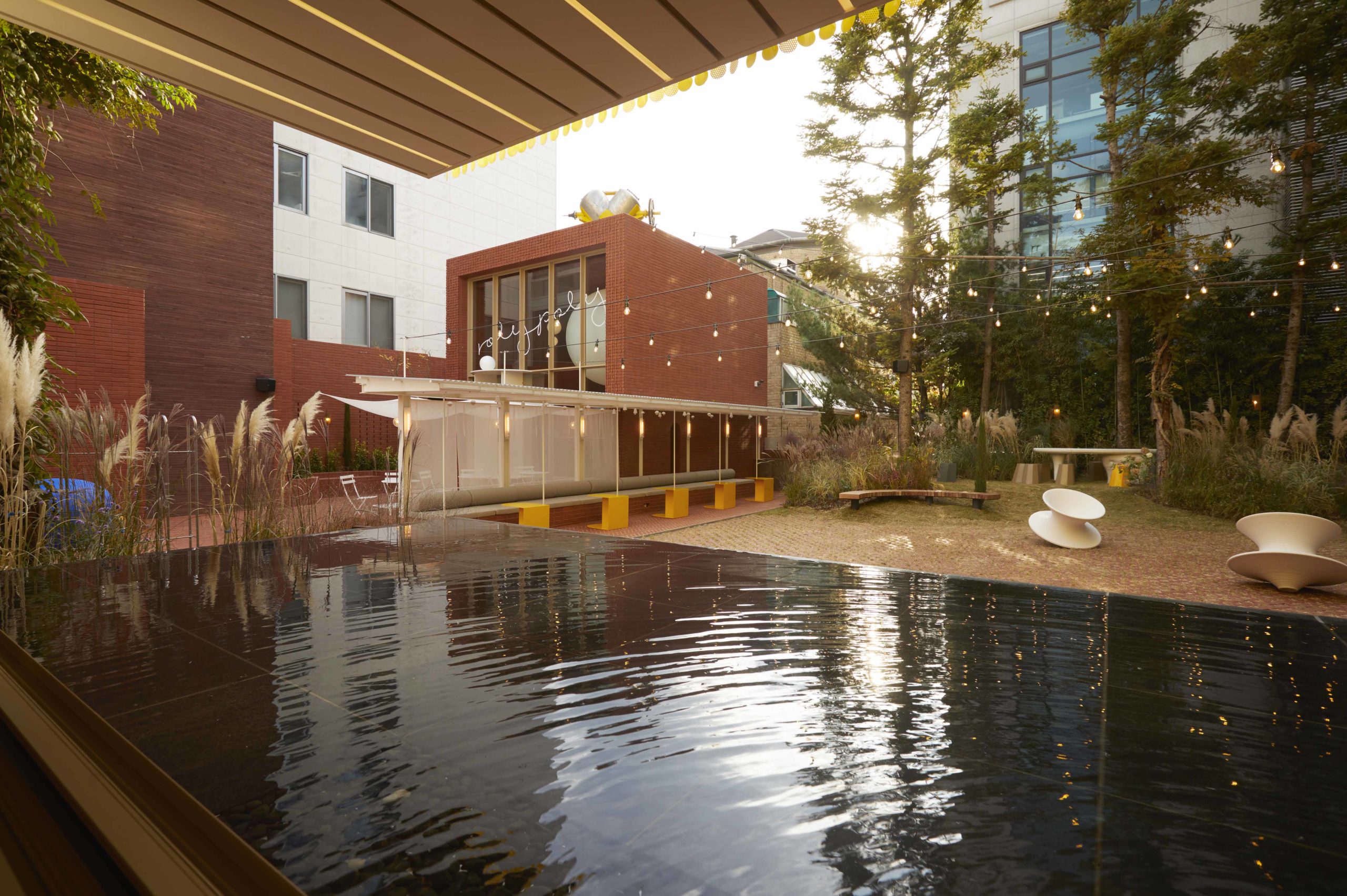
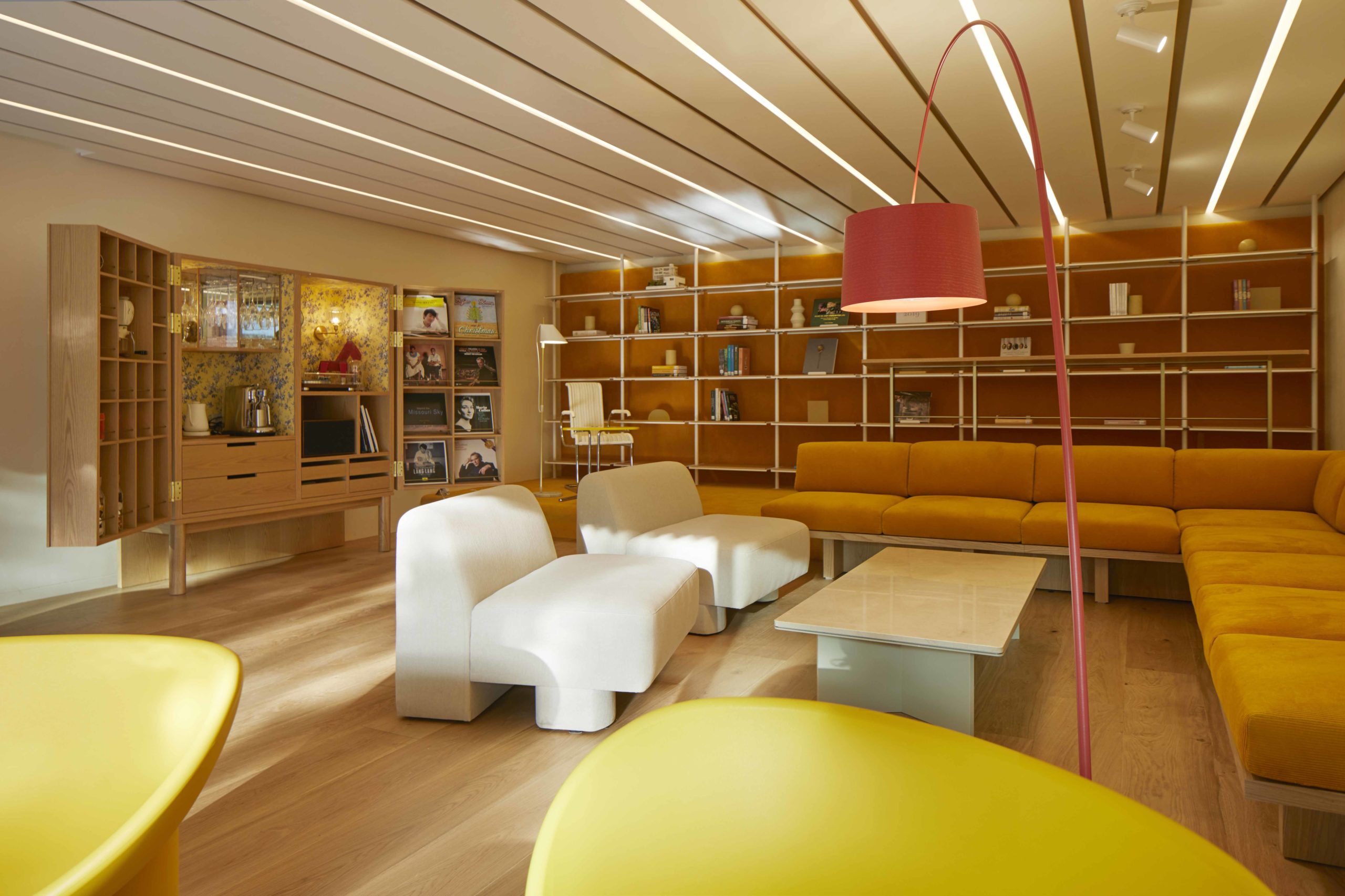
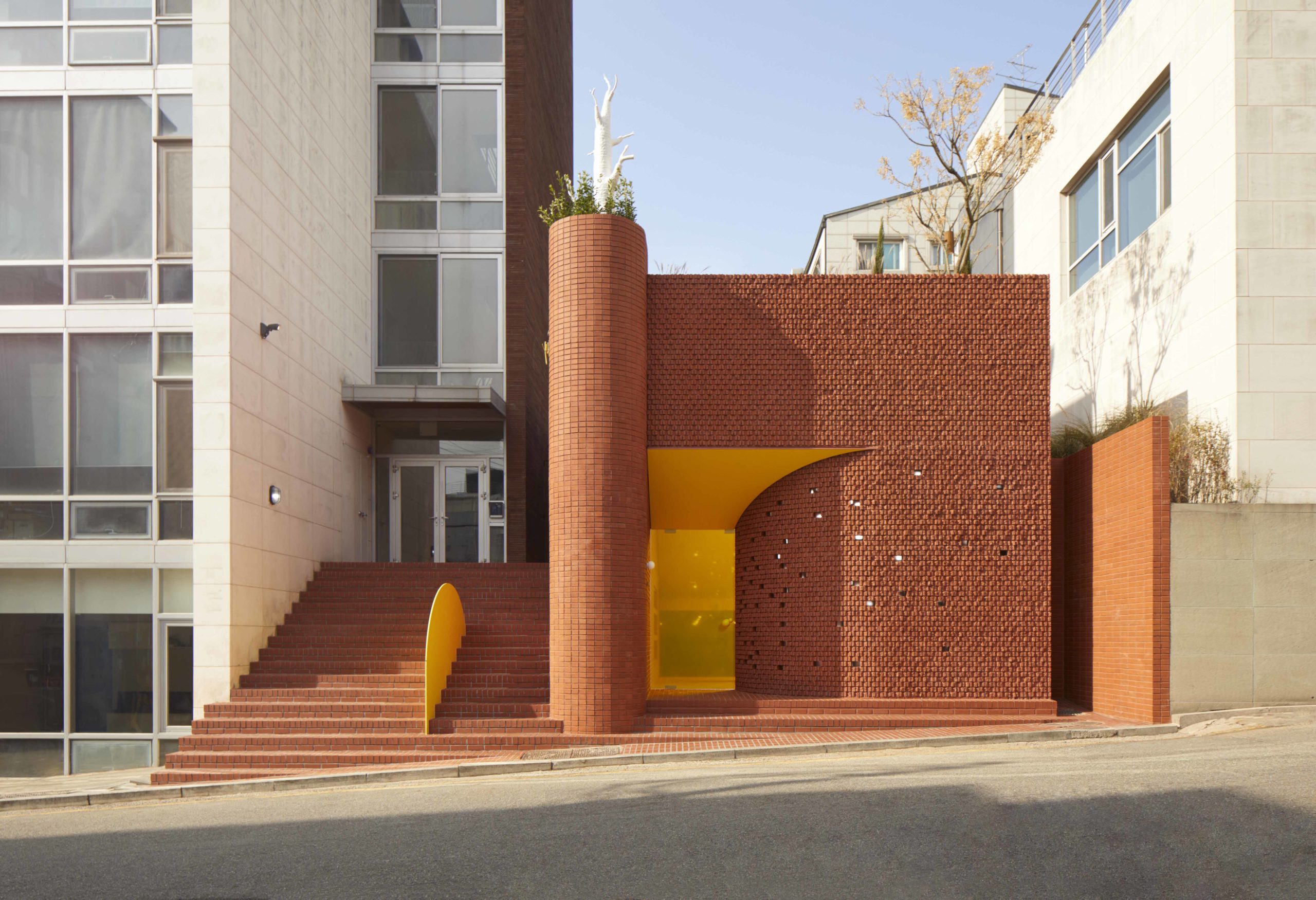
Roly-Poly Cotto by studioVASE, Seoul, South Korea, Photographs by Park Woo-Jin
Roly-Poly Cotto is a striking and memorable building that was designed as a curry and ramen house for the famous South Korean food company Ottogi. The building, constructed from red brick, is accented by laying the bricks in various patterns to add texture, while fluorescent touches are found throughout.
The bold and humorous design connects the six individual spaces which surround a unique garden terrace. Boasting a brick-stacked stair-shaped slope, the garden allows for active seating, while a small lawn space at the top provides an opportunity to view the entire garden from above. The contemporary restaurant is multifaceted and offers an opportunity for diners to have a different experience each time they visit.
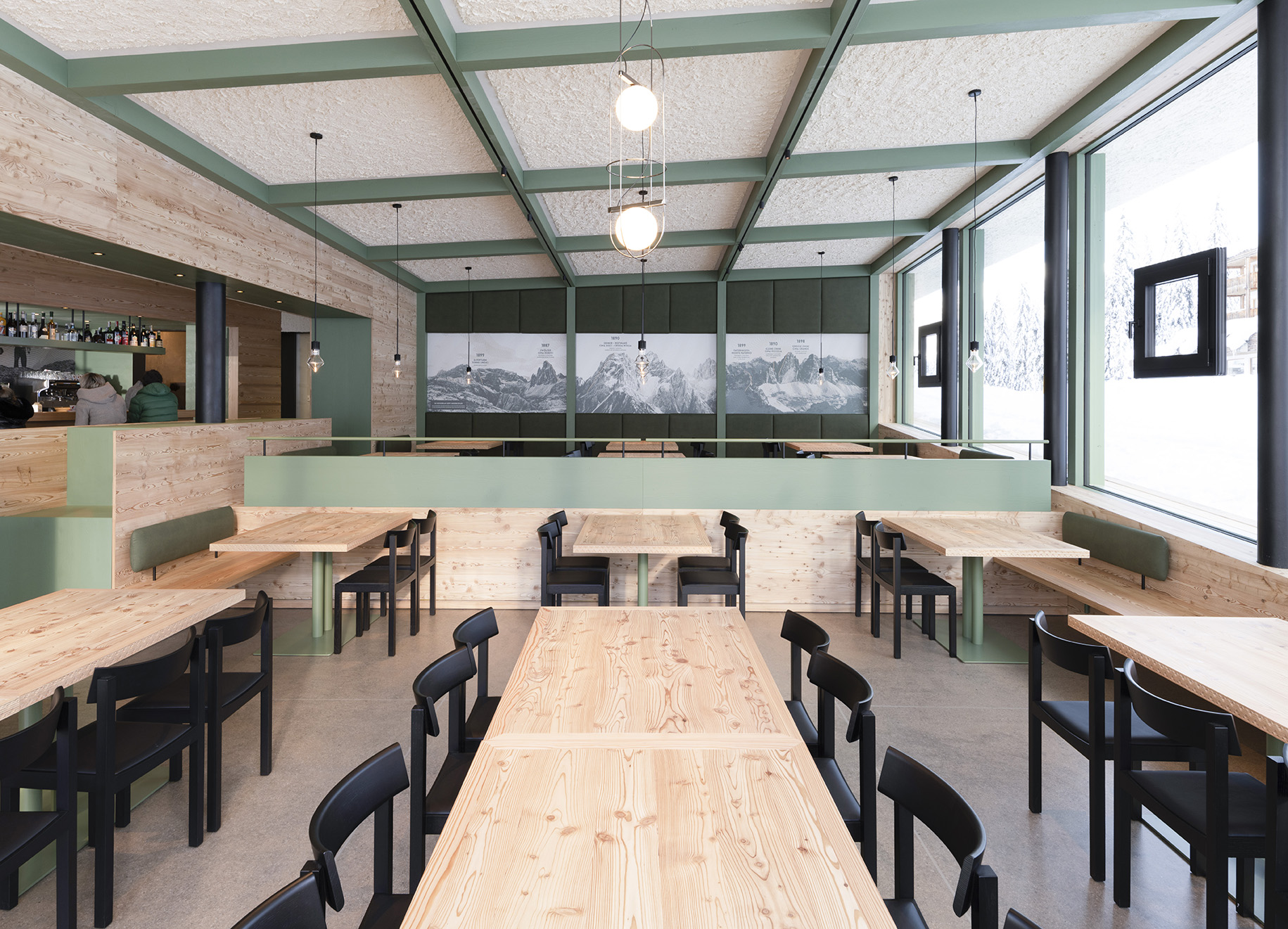
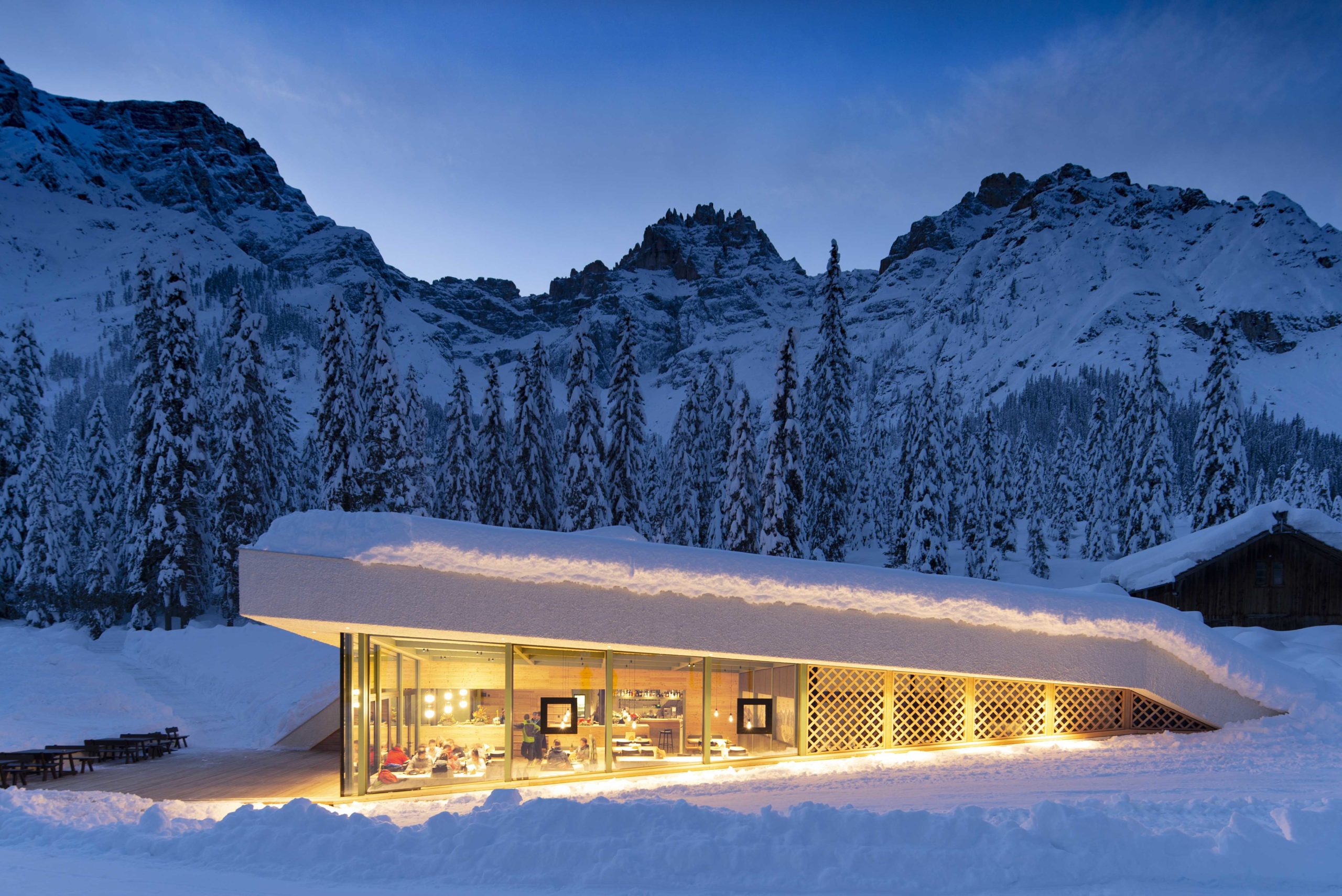
Appropriate_Bistro Bergsteiger by Plasma Studio, Sexten, Italy. Photographs by Florian Jaenicke
The landscape of the Sexten Dolomites mountain range was barely disturbed by the recent addition of the new, perfectly proportioned, Bistro Bergsteiger. South-facing and predominantly glazed, the building provides beautiful views of the surrounding mountain range wherever possible.
The muted pallet is un-distracting and moderate, allowing the jaw-dropping scenery to be the focal point of the experience. A crisp finish of larch wood and dolomite stone with beautiful details explores the craftsmanship of the local area while the menu serves traditional mountaineering bistro fare from South Tyrolean cuisine that is prepared from honest, seasonal and quality local products.
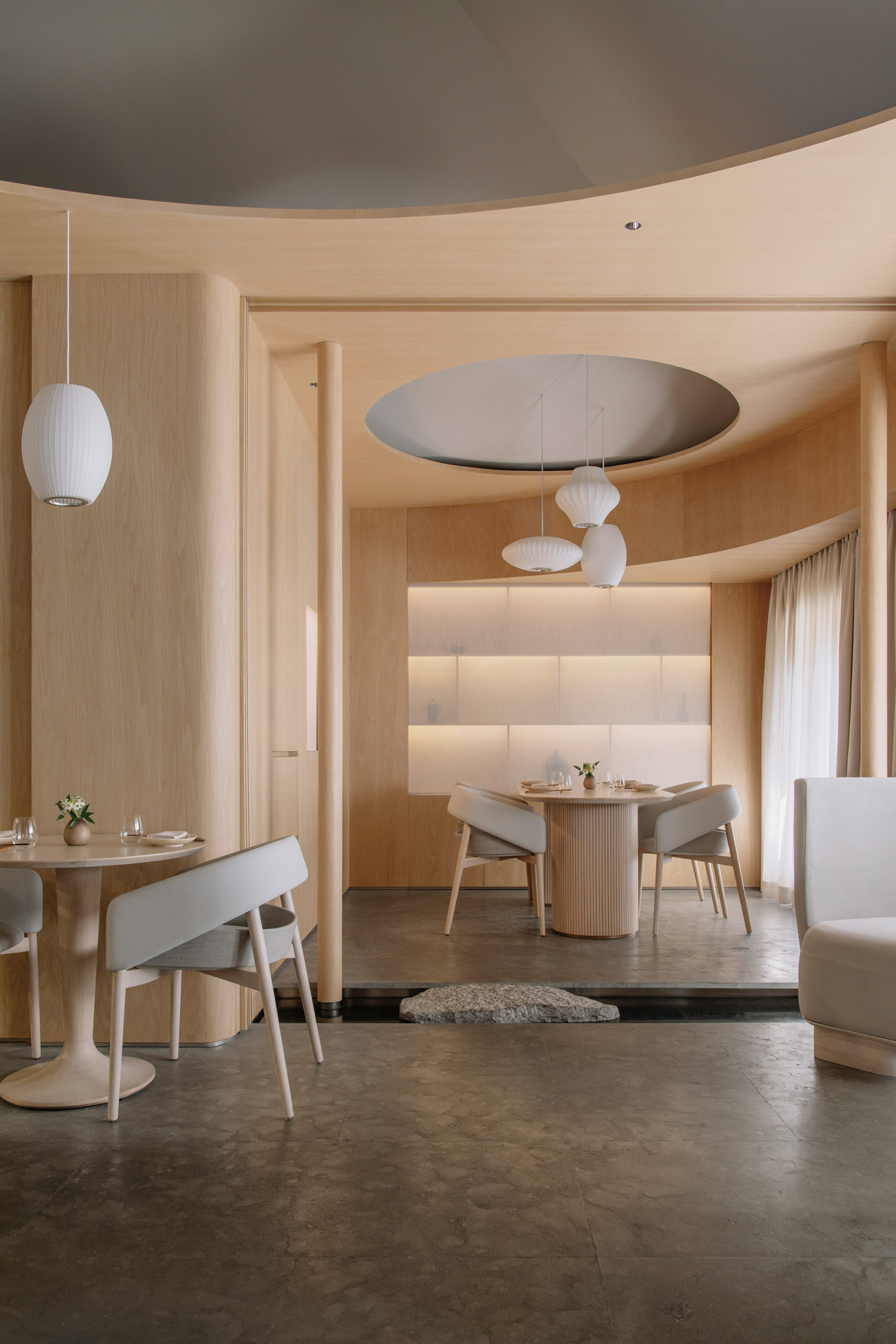
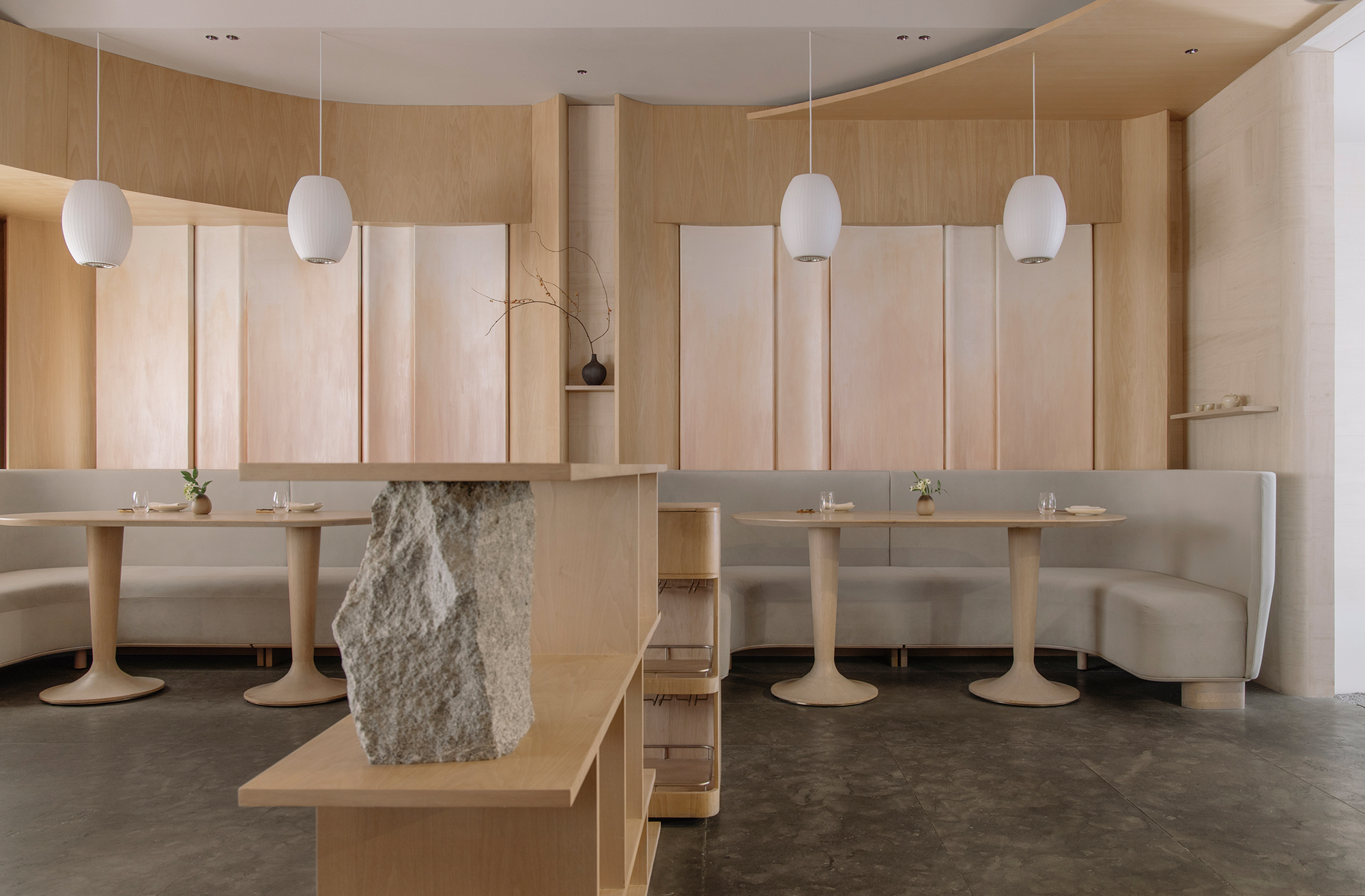
Restaurant Lunar by Sò Studio, Shanghai, China, Photographs by Wen Studio
Designed with tranquility and peace at its core, the fine dining Restaurant Lunar was produced by a collaboration of minds and ideas that resulted in a harmonious dining experience. Located in the heart of the city, in a neighborhood that is distinct, the space aims to counteract the bustling streets beyond.
Representing the language of traditional Chinese gardens and showcasing traditional design features, stepping slabs and huge landscape stones are incorporated into the furniture and a pebble-paved trail that leads to the second floor. These details underscore the palpable presence of the past throughout the interior space. Meanwhile, the more modern aesthetic and matt surfaces of the various stone and timber materials help to create an intriguing yet comforting environment that compliments the paired-back fine dining experience.
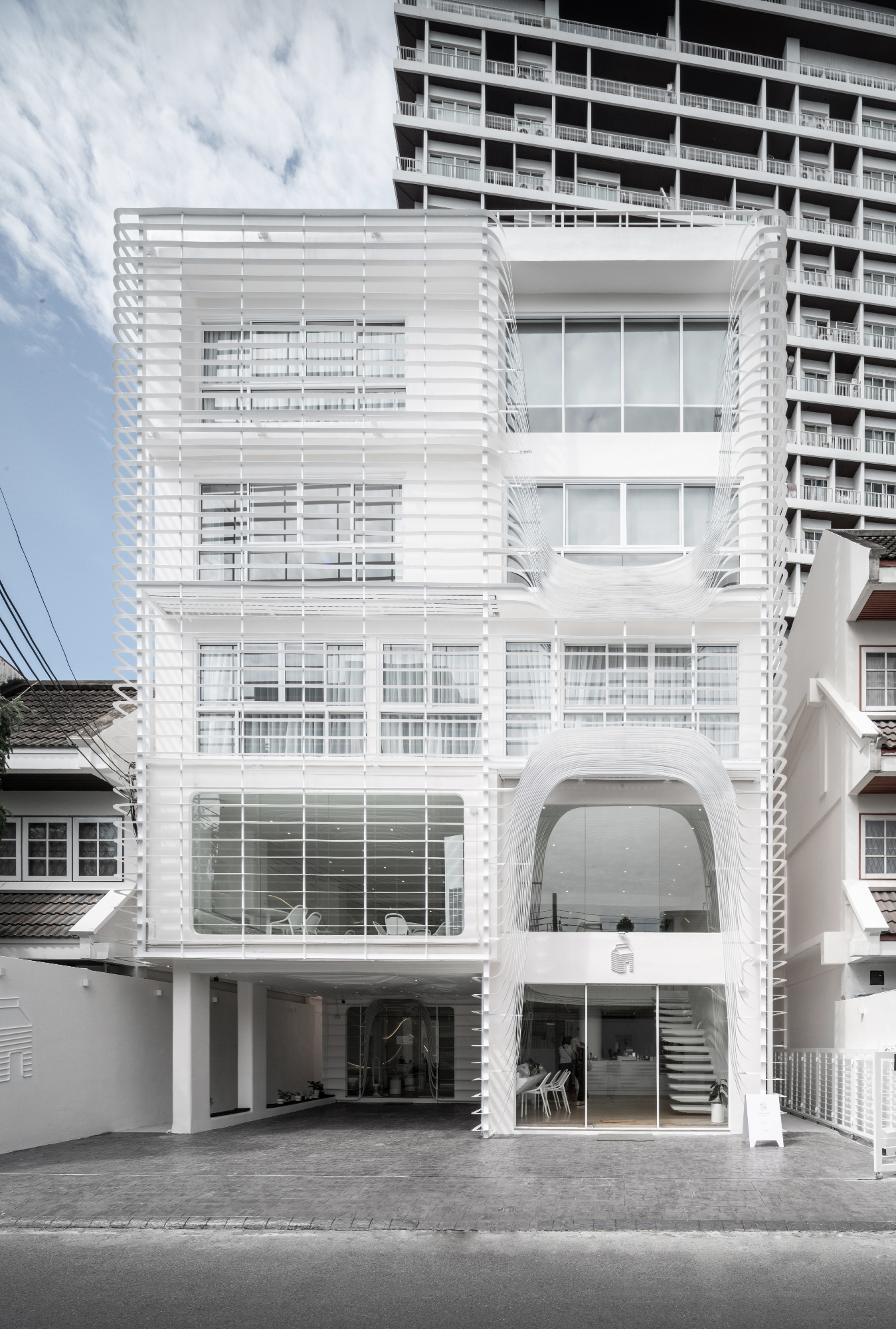
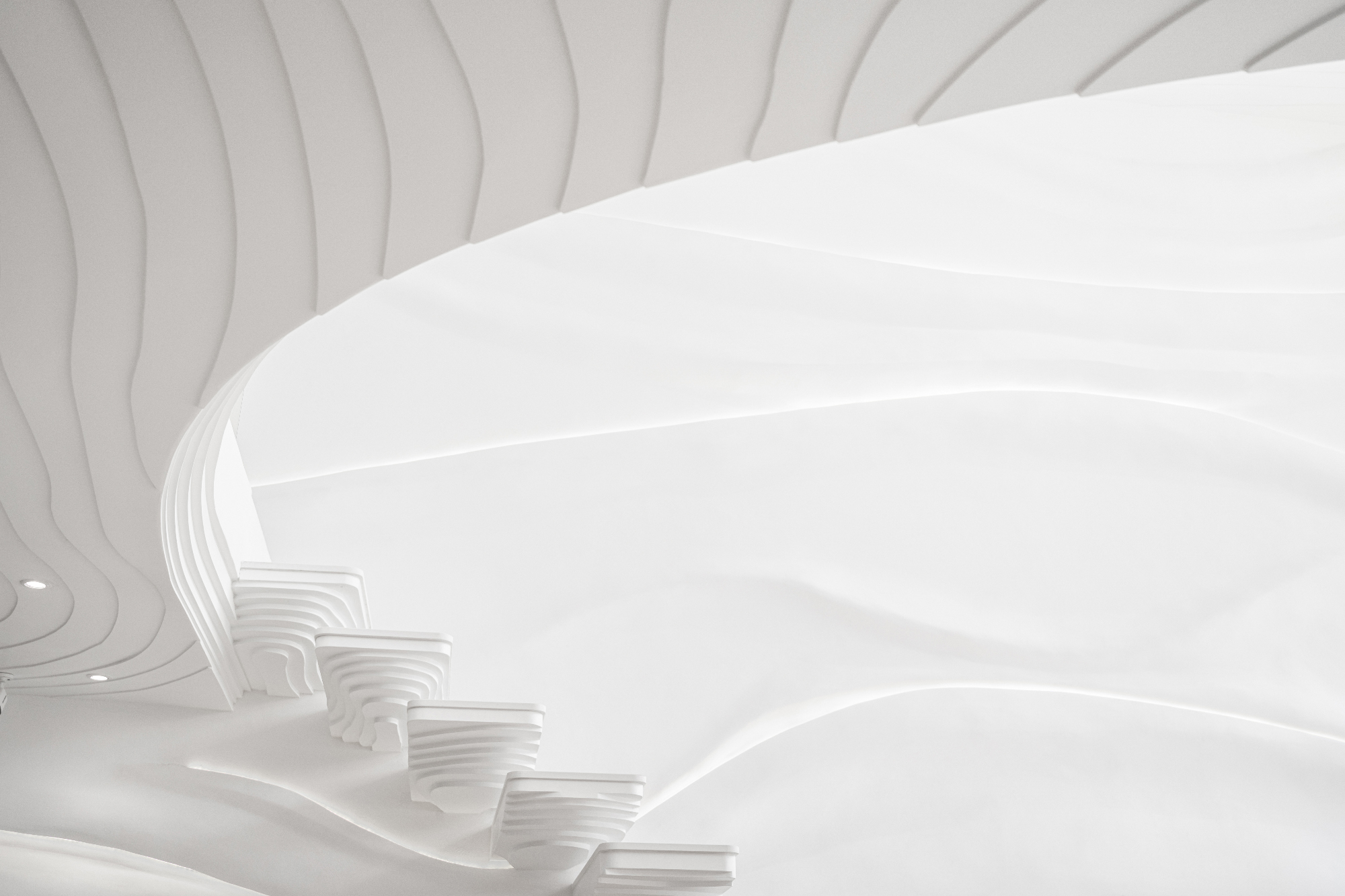
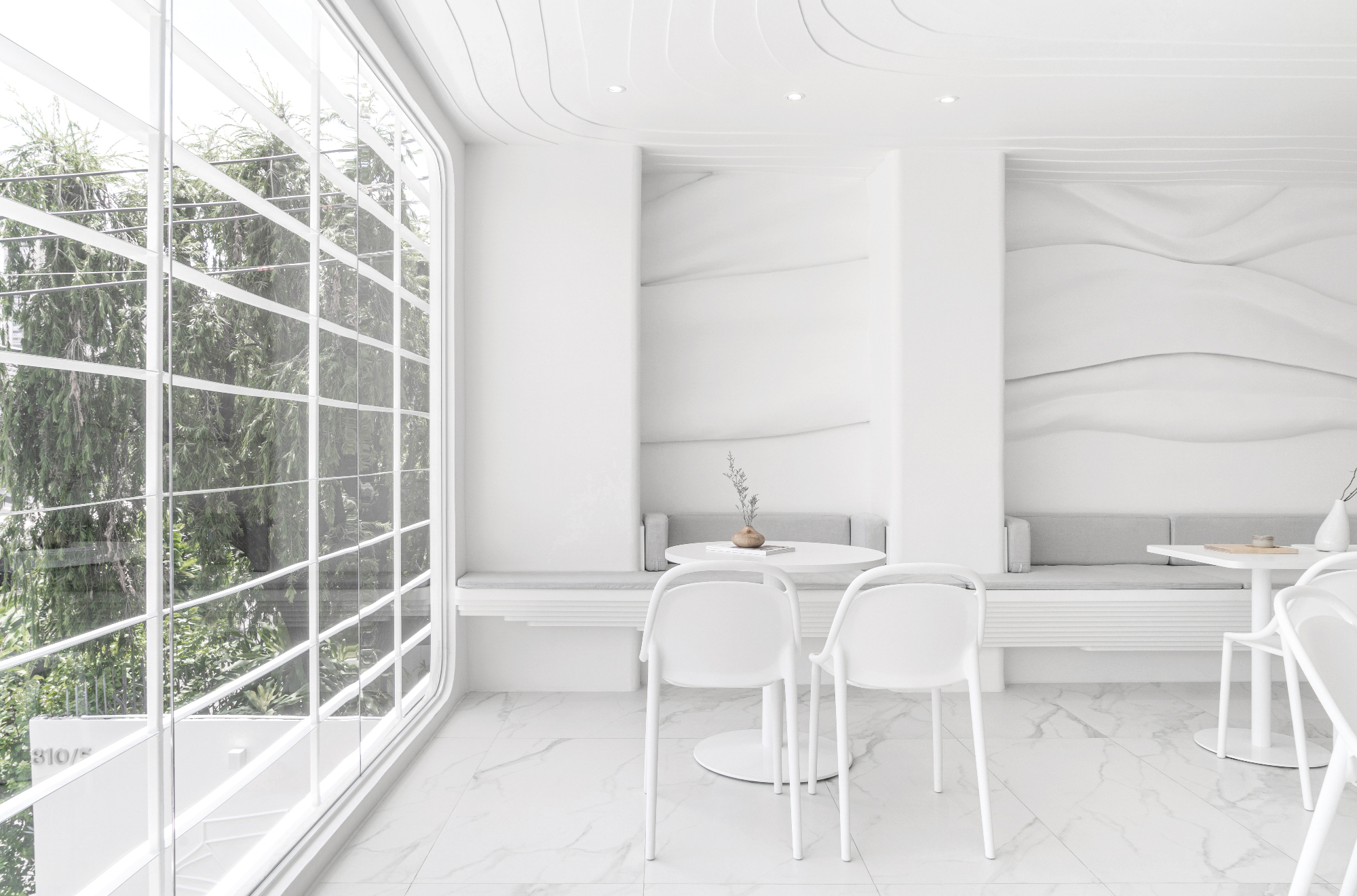
Flat+White by Context Studio, Bangkok, Thailand, Photographs by SkyGround DOF
Inspired by smooth, creamy, frothy milk (both dairy and plant-based), one of Bangkok’s newest ventures has forgone color completely. Flat+White is an entirely monocrhome interior that uses form and texture as a replacement for any color. The result is a remarkable space that uses layers of organic forms to symbolize the movement of milk being poured. Even the facade continues the white curved forms which wrap around the building. The beautiful fresh menu that pays homage to milk produce in all forms stands out vibrantly against the bright undisturbed background.
Architects: Want to have your project featured? Showcase your work through Architizer and sign up for our inspirational newsletter.
